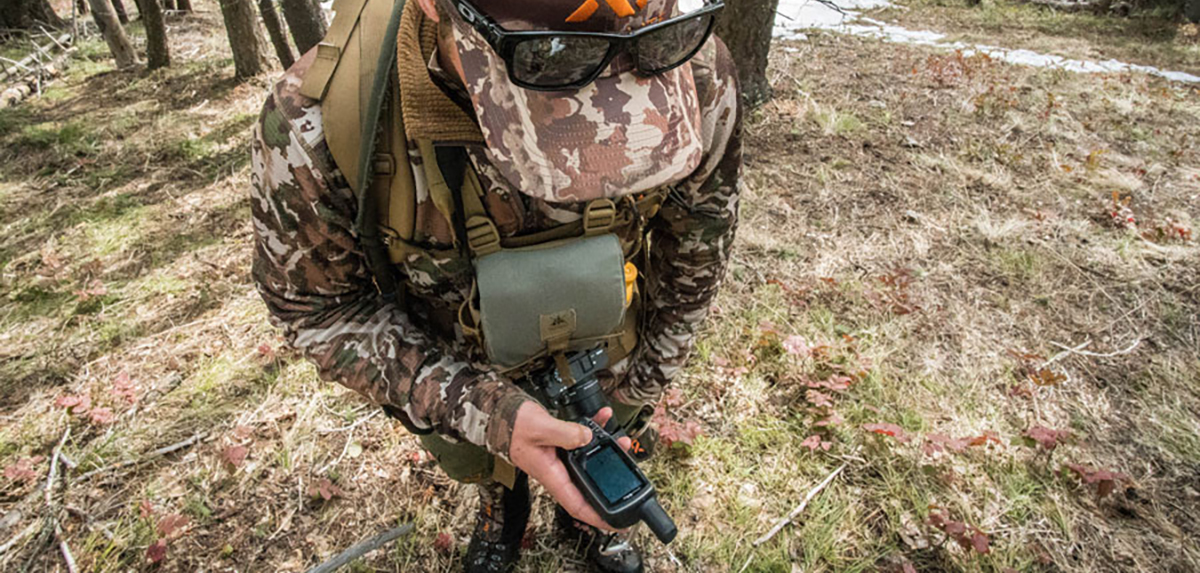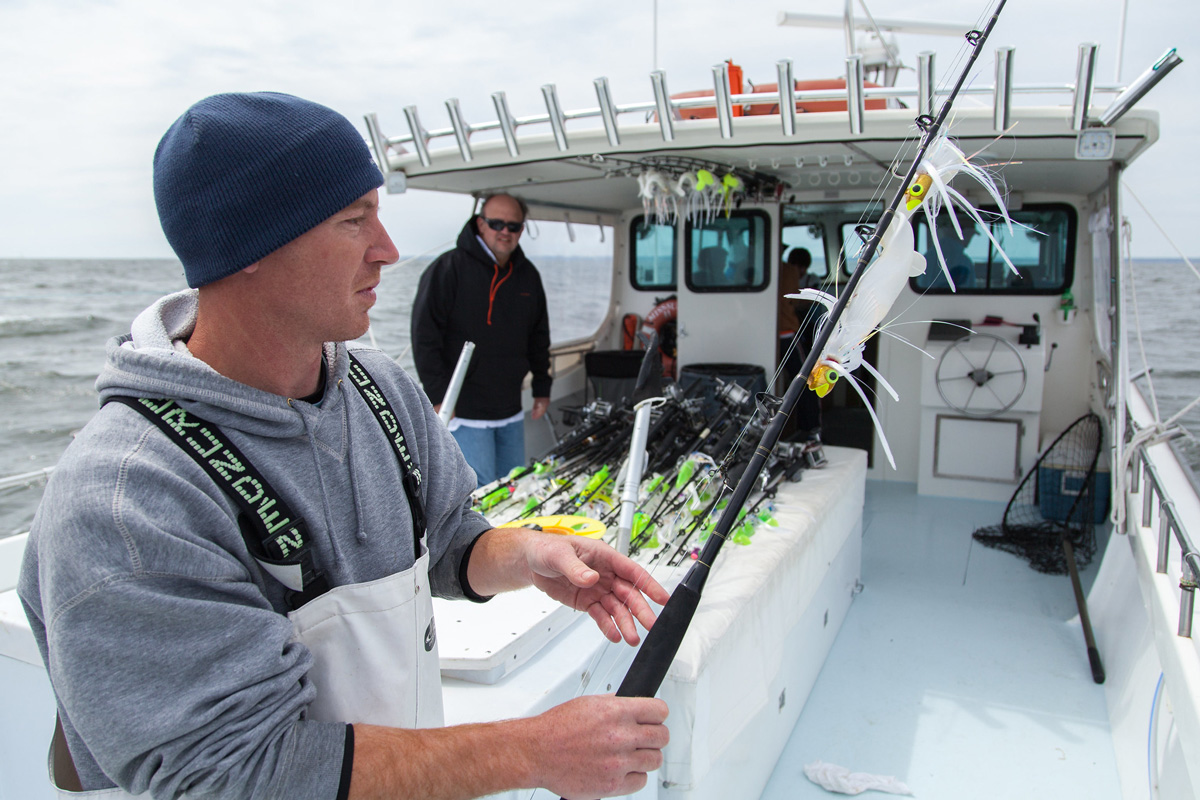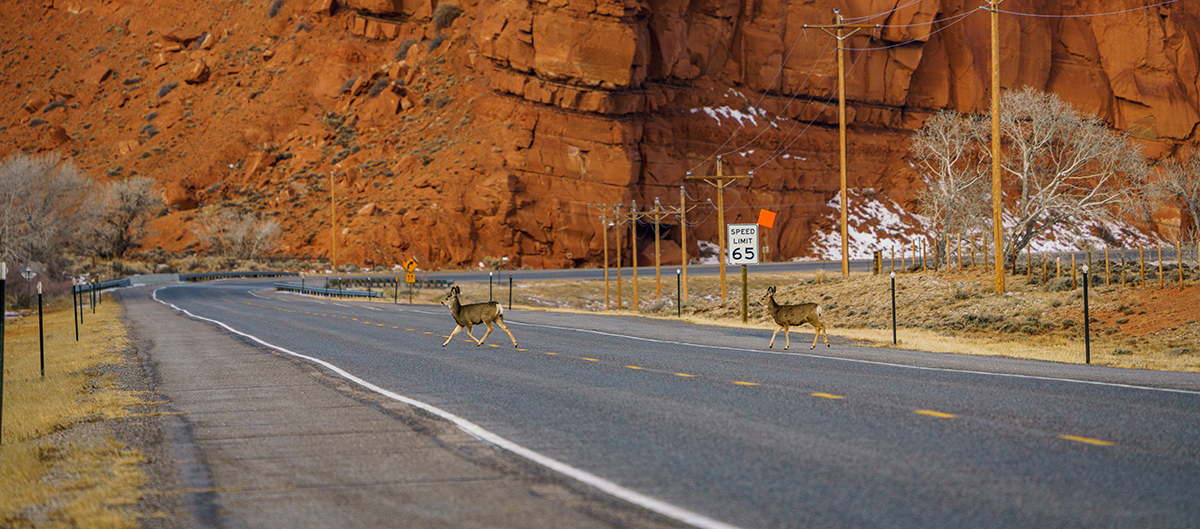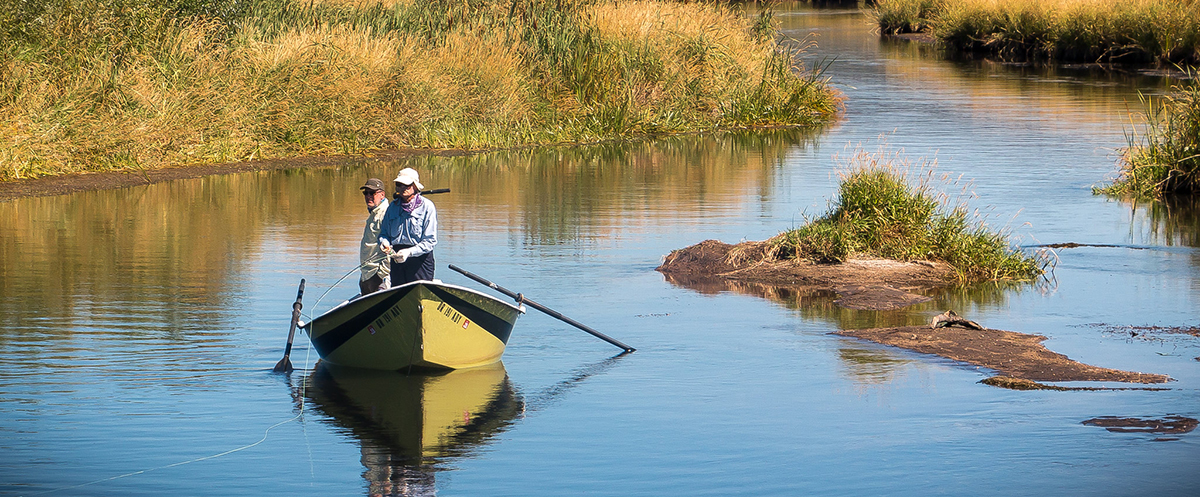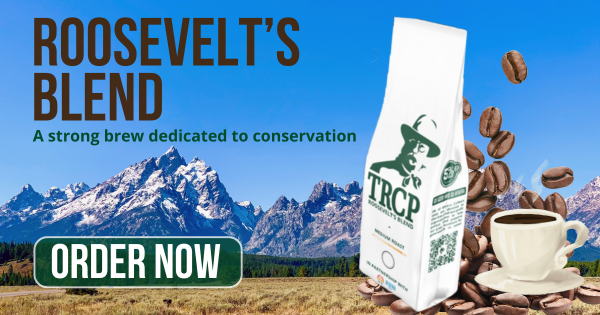Outdoorswoman and director of SITKA’s ecosystem grants program shares her most memorable hunt, the toughest conservation challenges facing Utah’s Wasatch Front, and how climate change has affected her experience of hunting, fishing, and enjoying the outdoors
Lindsey Davis is an entrepreneur, conservation advocate, writer, and ecologist based in Salt Lake City, Utah, where she has been exploring public lands with a rod, gun, or bow for more than eight years. She currently runs SITKA Gear’s ecosystem grants and conservation partnerships program and serves on the board of directors for the Outdoor Alliance and Utah Wildlife Federation. Previously, she spent three years shaping the work of the Outdoor Recreation Roundtable, a coalition of outdoor recreation trade associations representing over 110,000 American businesses.
We first met Lindsey when she was fresh off her first hunting season, during her tenure as CEO at Wylder, a built-by-women-for-women outdoor gear retailer she co-founded in 2016. Since then, we’ve been fortunate to be able to check in with her along the journey of developing her skills and mindset about hunting success.
Today, she shares her thoughts on some of the toughest conservation challenges we face.
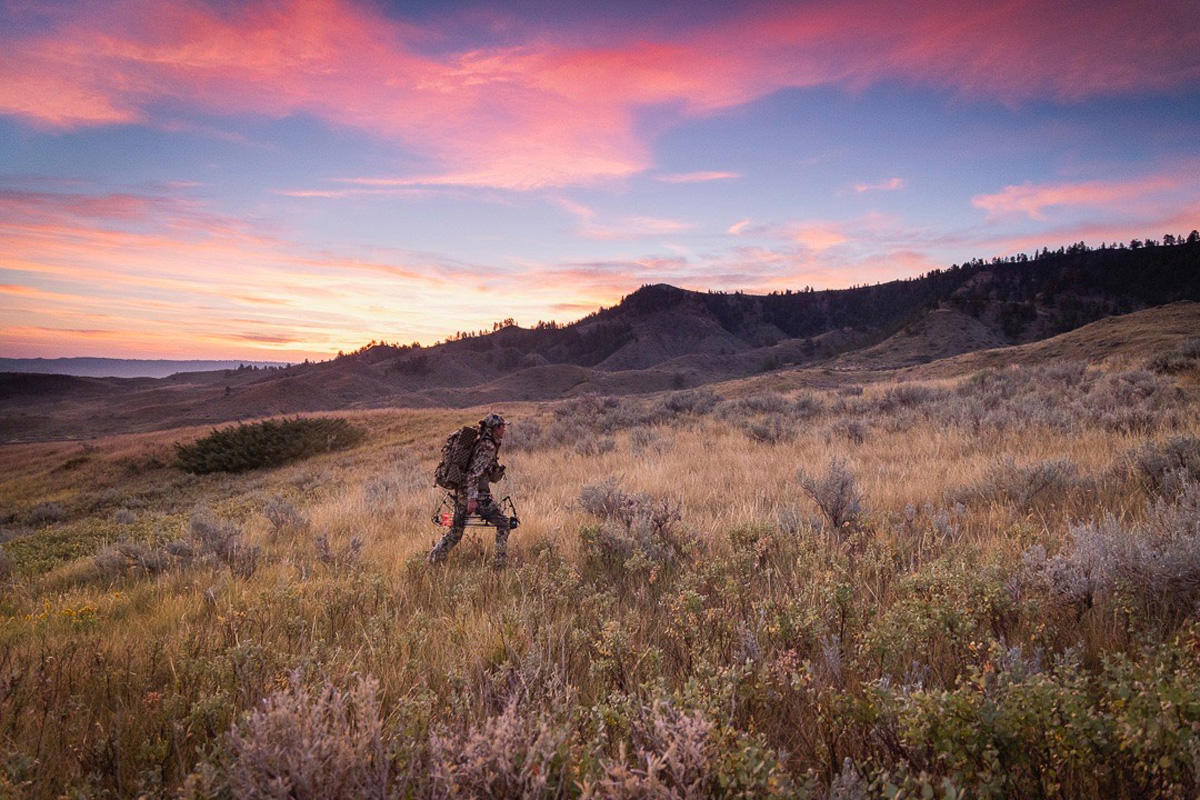
TRCP: How and with whom do you prefer to spend your time outdoors?
LINDSEY DAVIS: I seek out ways to interact with the landscape around me through hunting, fishing, and foraging for wild food and observing wildlife. No matter where I am, finding wild edible plants and cooking my catch are my favorite ways to build memories in a new place. I love experiencing this on the home front with my friends and family here in Utah, and while exploring new places with friends and knowledgeable locals. Those with literacy in the landscape tend to be the people I enjoy being outdoors with most!
TRCP: Describe your most successful/rewarding day afield or on the water. When was this and what were you doing?
DAVIS: One of my most memorable days in the field was my first successful archery hunt. I had backpacked into the Uinta National Forest for the opening weekend of mule deer season. That year, we’d had a wet spring, so the gooseberries were ripe and full. As I stalked around the woods, I ate fistfuls of berries and looked for deer. I ended up being in the right place at the right time to find a bachelor herd of mule deer, and I put a successful stalk on one of them.
On that hunt, the days were long, the skies were clear, rain was regularly refreshing the landscape, and we were the only hunters around. It was perfect.
TRCP: What is the biggest habitat challenge in your area?
DAVIS: There are many challenges facing wildlife and its habitats here in Utah, but the most glaring in my opinion is the rapid pace of development and population growth in this state. Along the Wasatch front, we have four of the fastest growing cities in the nation and a ton of new housing developments. Advocates are working diligently to map key habitat areas and propose smarter development, but every year I see more wintering grounds and sagebrush habitat ripped out and replaced with condos. I fear that we are putting too much pressure on our wildlife in this urban interface with little understanding of the impacts.
TRCP: How has climate change affected your hunting and fishing experiences in recent years? (Example: Altered seasons or migrations, species decline due to drought or wildfire, invasive species pushing out native forage, etc.)
DAVIS: You have to pay attention to snow, rain, and wildfire like never before. The strength and severity of winter storms has affected the ability of elk, deer, and pronghorn to make it through the winter. The amount of precipitation determines whether there will be enough green-up in the spring for calving females and what elevations the herds will need to be at in the late-summer and early-fall to find food. These same factors impact where ranchers will be grazing their sheep and cattle on public land. It all matters so much and determines how and where I hunt in the fall.
Variability in these factors has changed where it is productive for me to hunt in recent years. Wildfires have made it necessary to pack an inhaler and an N95 mask. It has also made it near impossible, at times, to see wildlife more than a few hundred yards away. Warmer water temperatures have made flyfishing closures imperative for the health of fish, limiting recreational fishing hours to just a handful a day before noon.
In short, it feels like there are just too many pressures on wildlife.
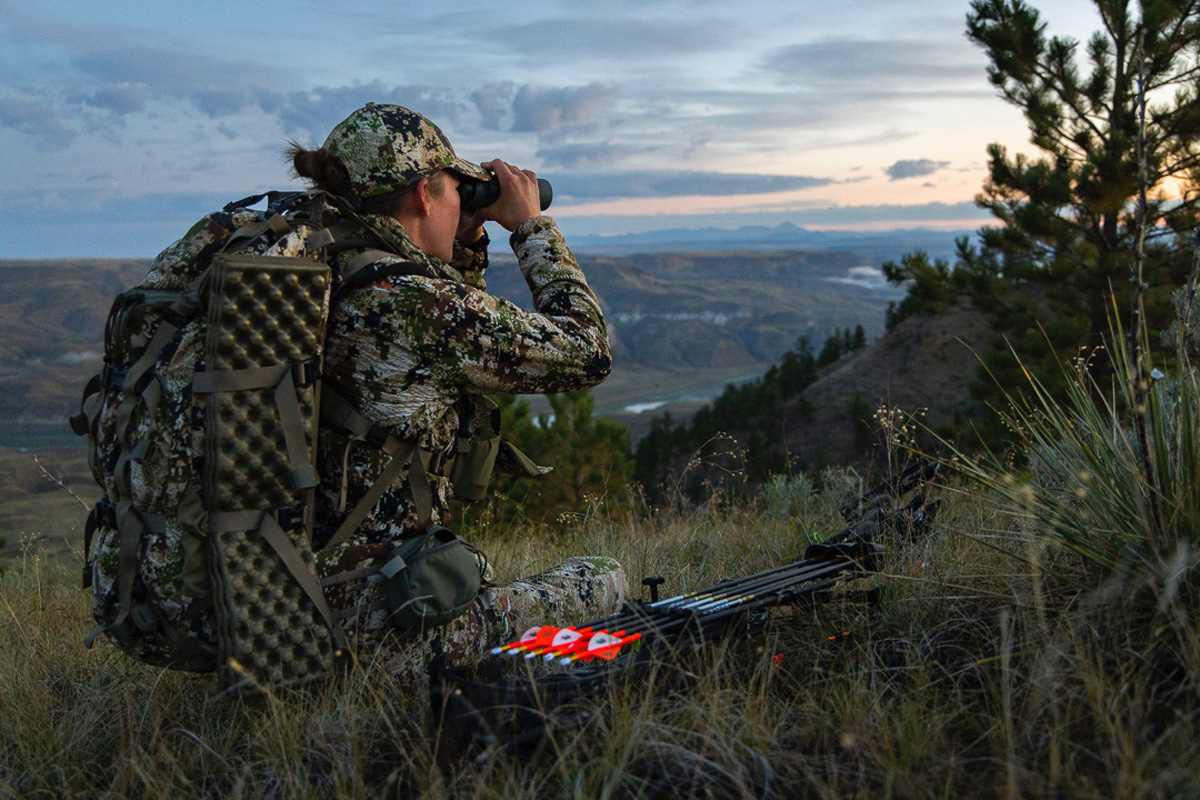
TRCP: How has this affected outdoor recreation businesses and/or hunting and fishing participation where you live?
DAVIS: Here in Utah, hunting and fishing participation is growing for the first time in decades. This makes for even more pressure on delicate resources at a challenging time. Limited hours for flyfishing inhibits a guide’s ability to book full days, which is having a huge impact on the guiding and outfitting components of outdoor recreation. With population increasing, hunting tag allotments are growing more limited and permits are harder to acquire, frustrating residents who would like to hunt every year.
TRCP: Why do you feel responsible for engaging in conservation and efforts to build climate resilience?
DAVIS: I see humans as a part of, not the center of, the ecosystem at large. We have an outsized impact on our natural habitats and also have the means and resources to do things differently. Because I am aware of my impact on the natural world around me, I feel responsible for being a steward and working to ensure generations that follow mine have the opportunity to experience wildlife and its habitats.
TRCP: What is one thing you wish every hunter and angler knew about the impacts of climate change?
DAVIS: While our individual experiences of climate change feel isolated and unique, it is a global issue we are all experiencing. I wish we had more of a shared sense of responsibility around it—more than the priority species we care about or the one region where we live.
TRCP: Do you think the hunting and fishing community is getting serious about fighting for climate change solutions? What would you like to see more of?
DAVIS: I appreciate the growing interest that the hunting and fishing community is showing toward climate change solutions. I think there is still more proving ground for our community at large before we are known as unified and serious, but we are getting there.
Learn about and get more involved in pushing for nature-based solutions to climate change here.
Top photo by Bianca Germain. Read more about Lindsey Davis on her website.





